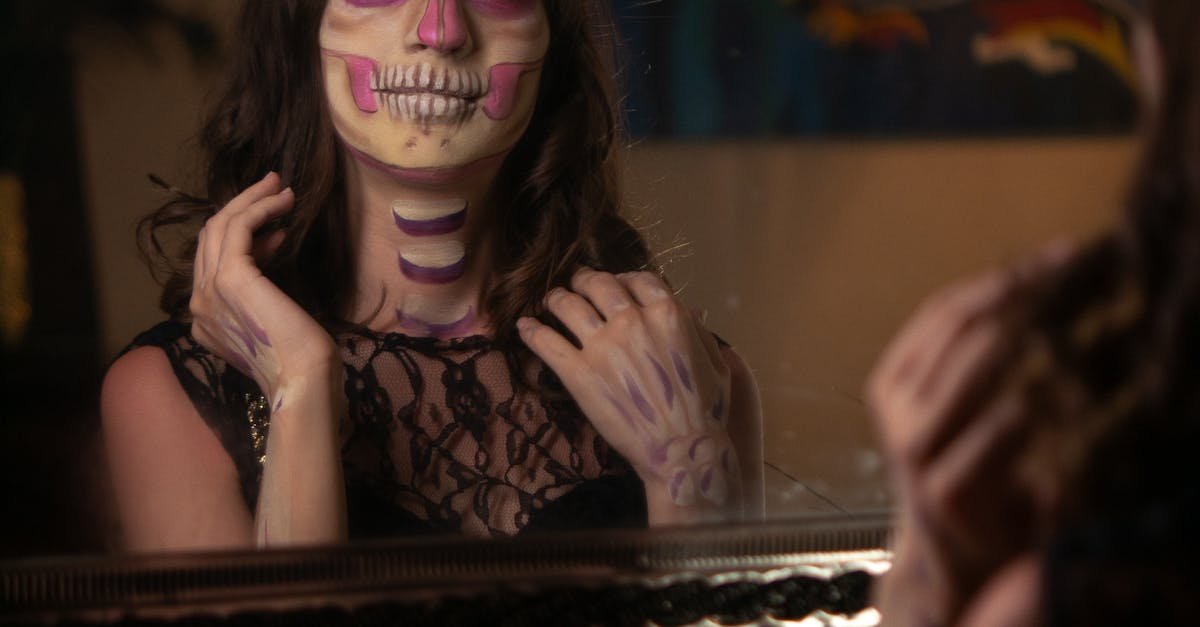Day of the Dead, or Día de los Muertos, is a vibrant and deeply meaningful celebration in Mexican culture, honoring deceased loved ones. In 2024, San Luis Potosí will showcase its unique traditions and customs surrounding this extraordinary holiday. This article delves into the key elements that make the Day of the Dead in San Luis Potosí a must-see experience.
Xantolo Traditions
Xantolo is the indigenous name for the Day of the Dead celebrations in the Huasteca region, including San Luis Potosí. This festival blends pre-Hispanic rituals with Catholic influences, creating a unique cultural experience. Traditional music, dance, and vibrant costumes are integral to the festivities, as locals come together to honor their ancestors and celebrate life.
Altars and Offerings
A significant aspect of the Day of the Dead is the creation of altars, or ofrendas, in homes and public spaces. These altars are beautifully decorated with photographs, favorite foods, and drinks of the deceased, as well as marigolds, which symbolize the fragility of life. In San Luis Potosí, the altars often feature local craftsmanship and reflect the unique cultural identity of the region.
Processions and Celebrations
During the Day of the Dead, San Luis Potosí hosts colorful processions that draw locals and tourists alike. These processions often include traditional music, dancing, and elaborate costumes. Participants honor their loved ones while celebrating life through joyful expressions of culture and community. The atmosphere is filled with excitement, laughter, and remembrance.
Food and Drink
Food plays a vital role in the Day of the Dead celebrations. In San Luis Potosí, families prepare traditional dishes to share with the spirits of their loved ones. Pan de muerto, a sweet bread shaped like a skull, is a staple during this time. Other offerings may include tamales, atole, and favorite dishes of the departed, showcasing the region’s culinary diversity and rich flavors.
Art and Craftsmanship
The artistic expression seen during the Day of the Dead in San Luis Potosí is remarkable. Local artisans create intricate decorations, including papel picado (perforated paper), ceramic skulls, and vibrant textiles. These crafts not only beautify the altars and streets but also serve as a means of storytelling, preserving the cultural heritage of the region through art.
| Aspect | Description | Significance | Local Variations | Visitor Experience |
|---|---|---|---|---|
| Xantolo Traditions | Indigenous and Catholic influences | Cultural identity | Unique to Huasteca | Participatory events |
| Altars and Offerings | Decorated with photos and foods | Honoring the deceased | Regional craftsmanship | Visiting altars |
| Processions and Celebrations | Colorful and lively events | Community bonding | Traditional music and dance | Experiencing local culture |
| Food and Drink | Traditional dishes for spirits | Sharing and remembrance | Regional specialties | Tasting local cuisine |
Celebrating the Day of the Dead in San Luis Potosí is not just a holiday; it’s a powerful reflection of life, death, and the cultural heritage of Mexico. Visitors are encouraged to immerse themselves in the festivities, experience the warmth of the community, and honor the rich traditions that make this celebration truly special.
FAQs
What is Xantolo?
Xantolo is the indigenous name for the Day of the Dead celebrations in the Huasteca region, including San Luis Potosí. It represents a blend of pre-Hispanic and Catholic traditions.
How are altars created for the Day of the Dead?
Altars, or ofrendas, are created in homes and public spaces, decorated with photographs, favorite foods, and marigolds to honor deceased loved ones.
What types of food are served during the Day of the Dead?
Traditional foods include pan de muerto (sweet bread), tamales, atole, and favorite dishes of the deceased, highlighting the region’s culinary diversity.
How can visitors participate in the celebrations?
Visitors can participate by attending processions, visiting altars, tasting local foods, and engaging in community events that showcase the vibrant culture of the Day of the Dead.

